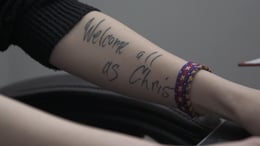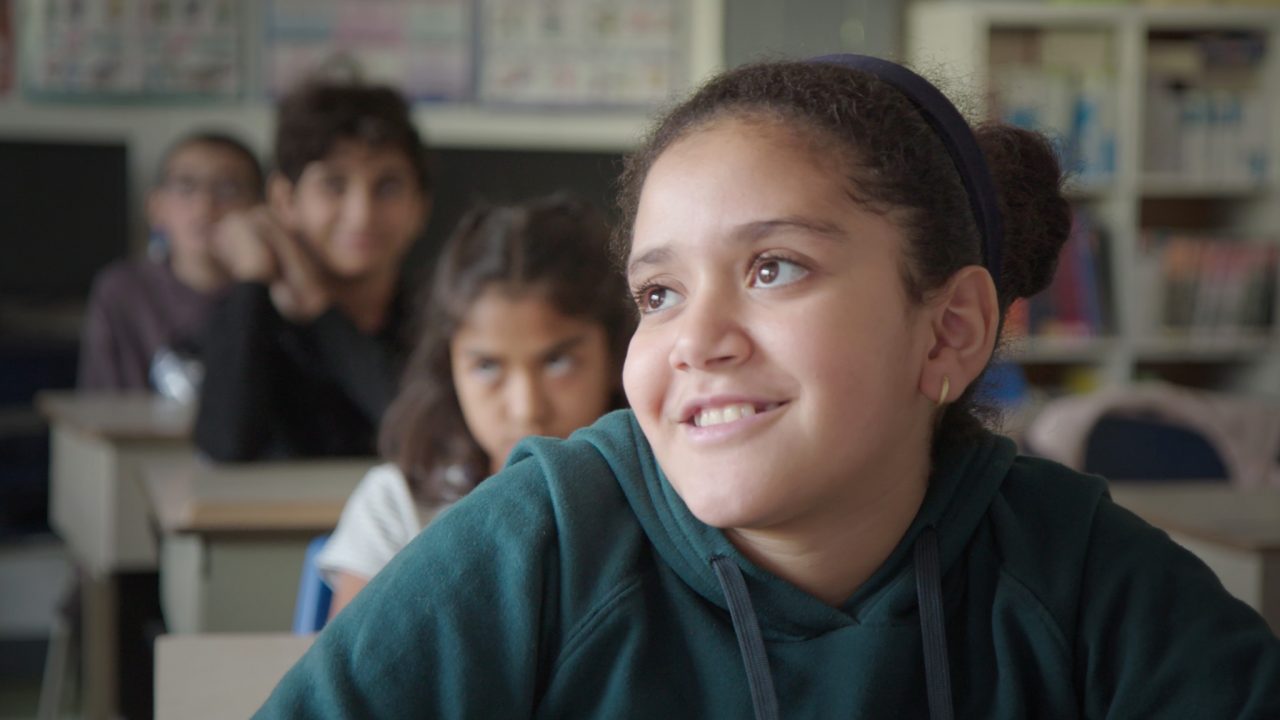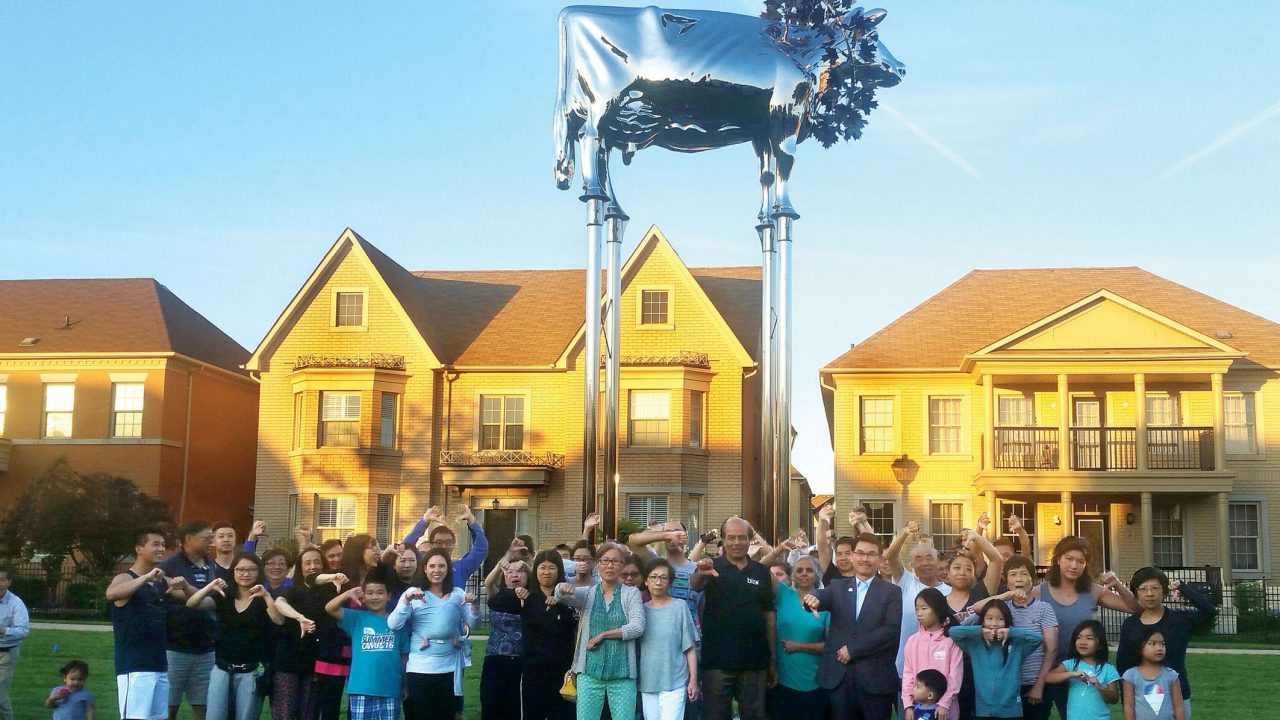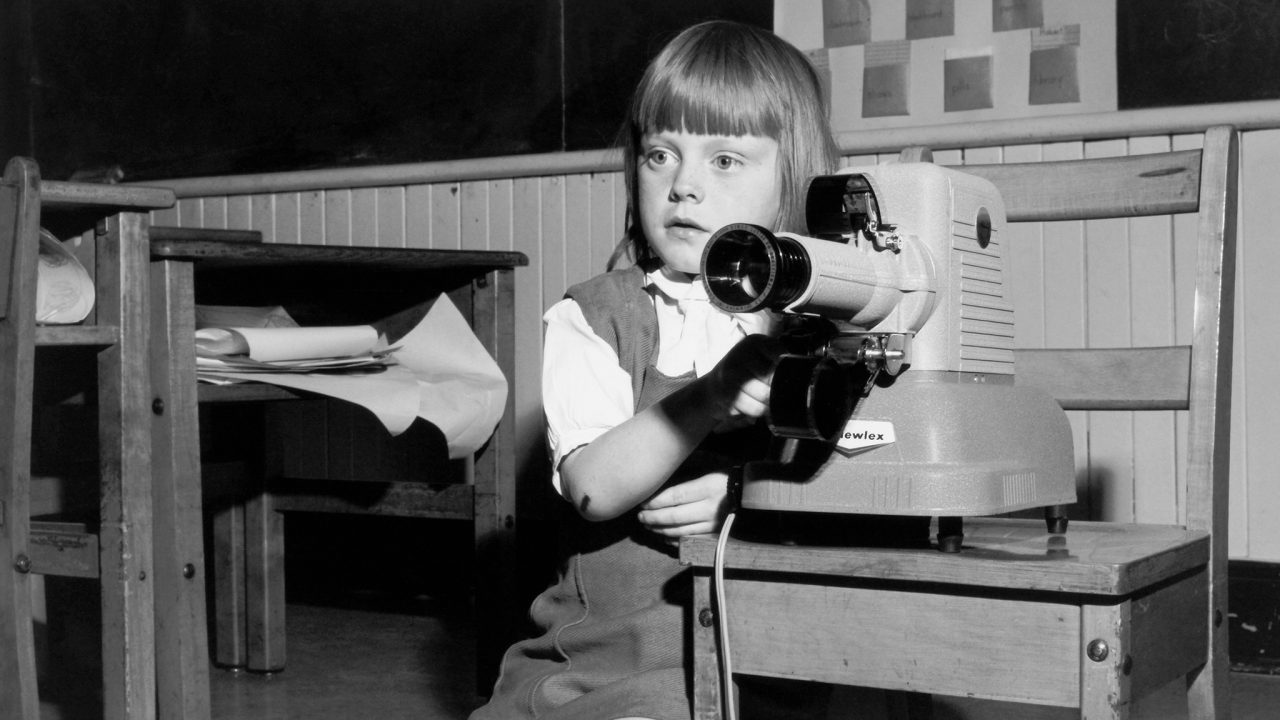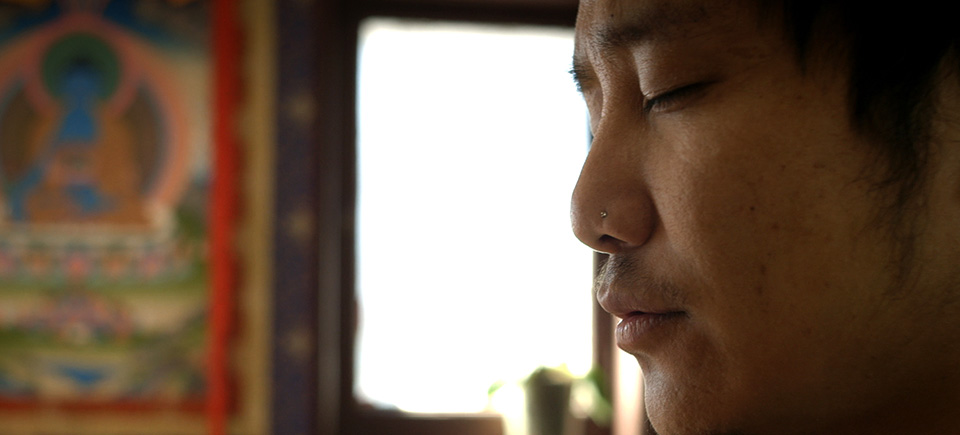
Teaching Religious Diversity Using The Faith Project
Teaching Religious Diversity Using The Faith Project
In a spectacular TED talk, explorer Wade Davis reflected on the world’s cultures saying, “These myriad voices of humanity are not failed attempts at being modern. They’re unique facets of the human imagination. They’re unique answers to a fundamental question: What does it mean to be human and alive?” We’ve captured just a few of those myriad voices and unique answers in The Faith Project, an interactive documentary exploring the religious diversity of Canada.
Approaching faith outside of controversy
The public conversation around religious identity is often about how it fits into democratic identity—and even whether it can. Our news and social media are full of heated discussions on discrimination, accommodation, violence, travel restrictions, charters, and more.
Yet, as filmmakers, we wondered: What does faith look like outside of controversy? What is the daily beauty inside Canadians’ religious identities? What brings Canadians back to these traditions, again and again? How could we celebrate religious identity? We wanted to empower audiences to approach that conversation in a more optimistic and personal way. After all, religion isn’t an abstract political concept but a lived reality, and documentary film is about capturing lived reality.
Diverse rituals and unique identities
In communities across the country, we found everyday people living the answers to those questions. They’ve created sacred spaces in the grandest temples and the most unexpected corners. Those spaces are home to unique rituals and practices that people of faith shared with us. And in that sharing, they also described the hopes, frustrations and emotions that anchor their practices and define their identities. As a writer, researcher, educator and conflicted believer, I recognized my own struggles and curiosities in theirs. My relationships to those people and communities are permanently marked by the moments of beauty they shared.
Those moments are the foundation of The Faith Project’s seven short documentaries on prayer and identity. These films are portraits of seven unique Canadians, each with their own tradition, practice, and personal story. Here are three of them, but all others are presented in the interactive documentary.
Each portrait is part of a lifelong search for both transcendence and grounding in a hectic world. For so many Canadians, that search is at the core of what we call religious identity.
These stories will empower viewers with the knowledge and empathy for wiser conversations about the diverse society we share, helping them step outside the echo chamber where voices of ignorance, intolerance, and even, sometimes, violence reverberate too loudly. Here are the tools that will help you start those conversations.
Faith Project resources
iPad app
The free iPad app is the best way to experience The Faith Project’s seven short films. The app also contains educational information about the major religions, as well as photos, audio, and interactive mini-games. The educational information was written in consultation with experts of every faith. (The films can also be streamed online without these iPad-exclusive features.)
Educator’s guide
A 13-page educator’s guide complements the app’s learning experience. The guide includes lesson plans for the high-school level. Some discussion questions include:
- What values can we share when we learn about diverse faith communities?
- How do I understand rituals in the world around me?
- What is a symbol and why are symbols powerful? What are some examples of symbols in my life?
- What are sacred spaces and how do spaces impact us?
- If you could share a dimension of your identity through the medium of film, what would you record? How and why would you record it?
Q&A videos
Teachers can use these Q&A videos to generate classroom discussion or individual reflection. In these videos, our participants explore:
- Examples of belief becoming daily action
- Facts that aren’t commonly known about their faiths
- Examples of interfaith dialogue and cooperation
- Positives and negatives of religious life in Canada
- Challenges of maintaining spirituality
- Examples of faith affecting life decisions
This six-parts series is available for immediate viewing by CAMPUS subscribers. You may already have a subscription to CAMPUS through your school. Find out here.
Virtual Classroom
Two of our participants appeared in a Virtual Classroom along with the mayor of Calgary, Naheed Nenshi. They answered questions about faith, public policy, and private struggle. These questions came directly from students across the country. The Virtual Classroom will be made available to CAMPUS subscribers soon. Meanwhile, you can read the Twitter conversation (#FaithProject).
Examining the app’s design
Teachers can discuss how design elements in the app reflect the theme of the documentary:
- The main menu arranges the films in a random order every time the app is launched.
- The films are identified by titles and characters rather than by religion.
- The fonts and music are neutral, playful and ethereal, to avoid stereotypical or ethnic associations.
Using social media to tell student stories
Students can also use Instagram, YouTube, or other social platforms to share their own stories (using #FaithProject). Whether they have a religious practice or not, what spaces feel transcendent to them? What are their moments of awe and wonder? How do those moments or places affect their lives and relationships?
Students should avoid “We believe” statements (“Christians believe” or “Hindus believe” and so on). They should also avoid negative statements (“As an atheist, I don’t believe in” or “As a Buddhist, I don’t think that”). Instead, they should use positive “I believe this” or “I do that” or “I feel this” statements, and express themselves using personal stories, as the people in The Faith Project do. Students familiar with mindfulness may describe their physical sensations or self-talk.
Making room for questions
The Faith Project isn’t only a response to crisis. Hopefully, it can also be a tool leading to a different path before crisis ever happens.
We believe (yes, I went there) that all viewers will find something relatable in the people and practices we’ve filmed. However, we also know this can be a difficult conversation. Teachers will be the wisest judges of how their students will react.
Additional resources to increase religious literacy
Things Arab Men Say, Nisreen Baker, provided by the National Film Board of Canada
This dcoumentary is available for immediate viewing by CAMPUS subscribers. You may already have a subscription to CAMPUS through your school. Go here to find out.
“I grew up in the Westboro Baptist Church. Here’s why I left”, TED Talk by Megan Phelps-Roper, 15min
Harvard EdX online course series: World Religions Through Their Scriptures
Shiraz Janjua is the writer and associate producer of The Faith Project. He previously won a Peabody Award with the American public radio program Speaking of Faith. He enjoys chocolate milk, gaming, and praying for the Montreal Canadiens. He lives in Toronto and at shirazjanjua.com.

